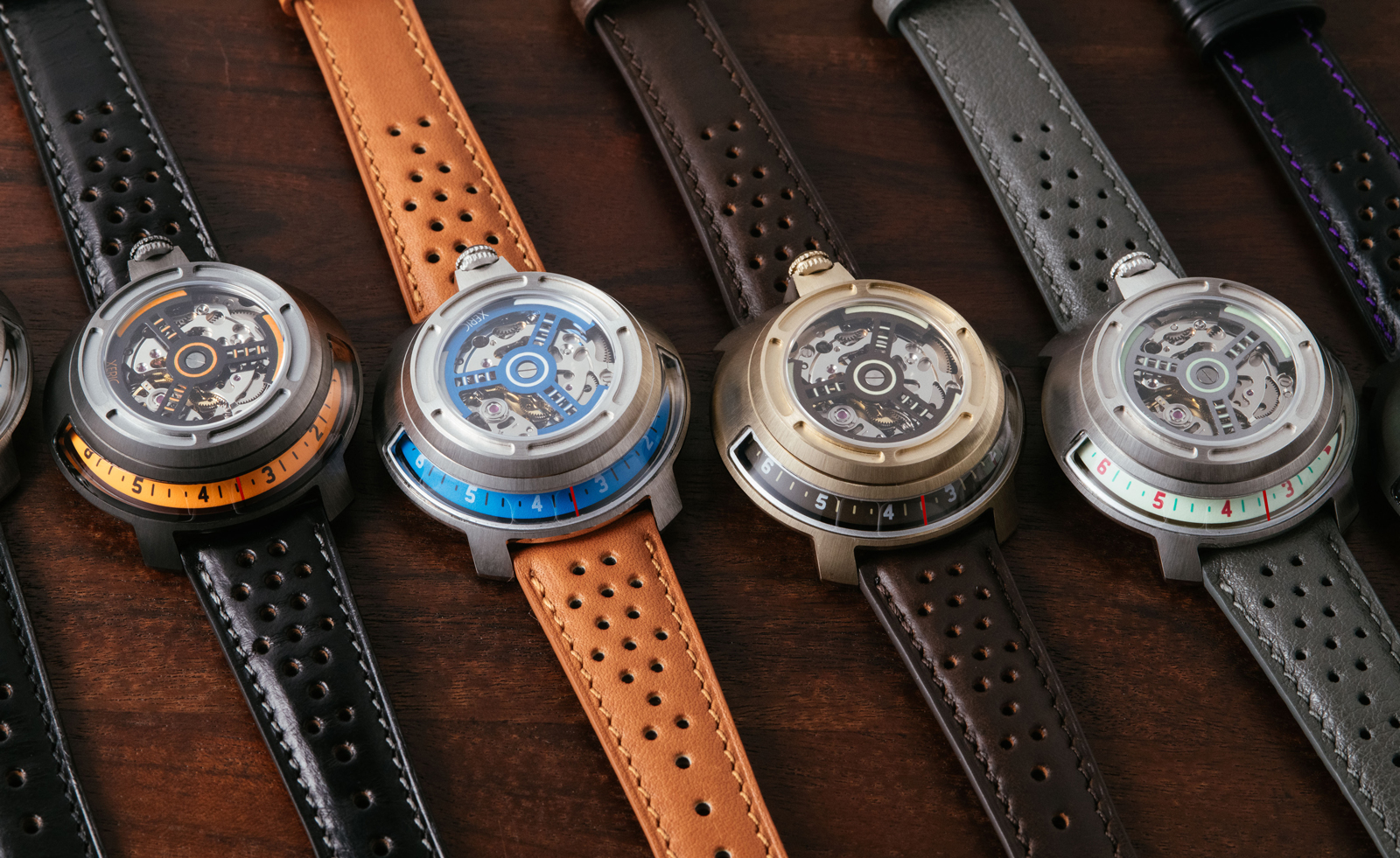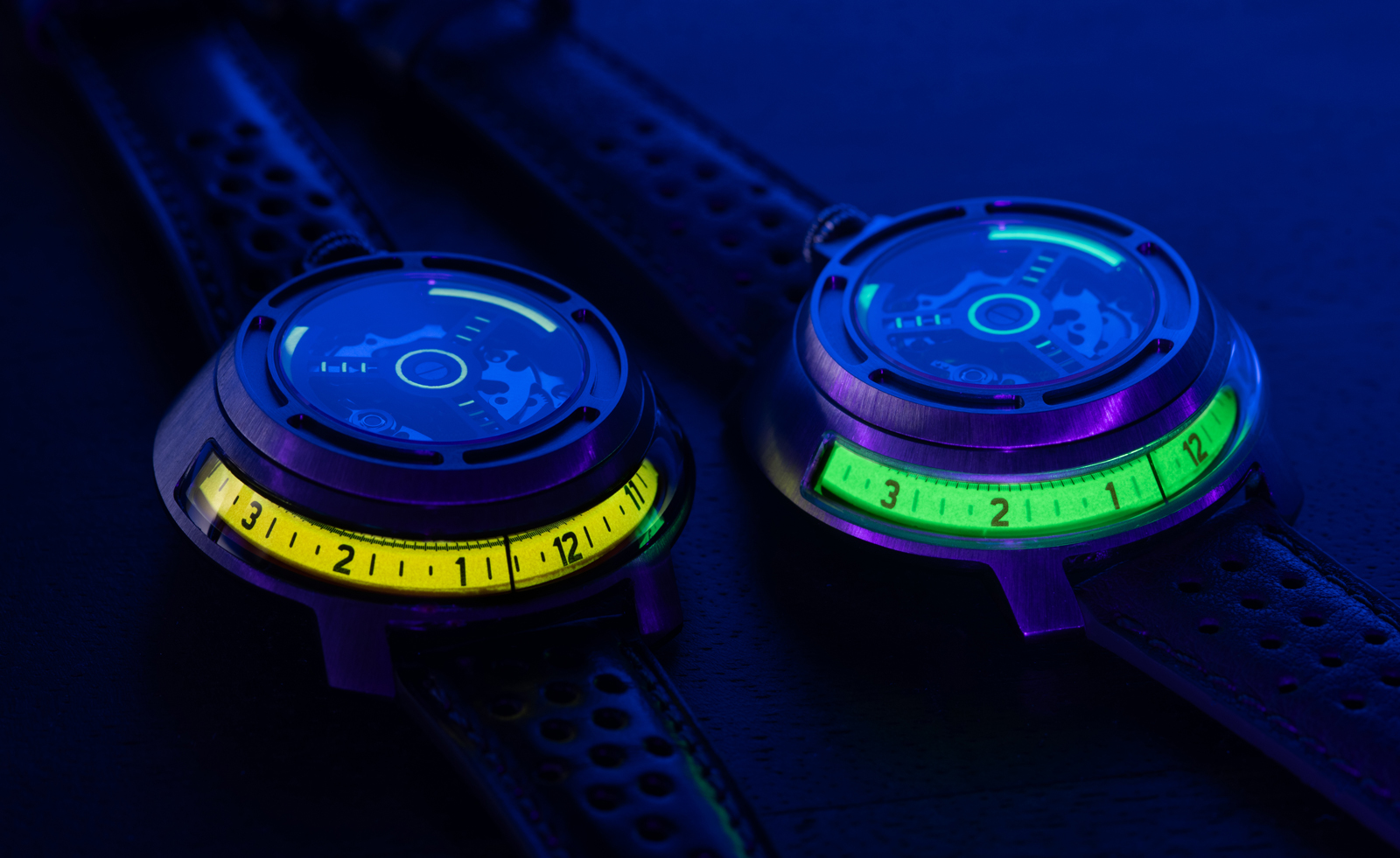
The connections between watches and science fiction are longer-established and deeper than many might think. Perfectly round watches of the 1950s, like the Audemars Piguet 5093, immediately picked up the nickname ‘disco volante’, or flying saucer, and as the genre acquired box-office success, watch brands were ready to create future-worthy timepieces. Hamilton created watches and clocks for Kubrick’s 2001: A Space Odyssey in 1968, and Seiko’s Alien watches have become cult classics of 1980s design. In between, the industry embraced otherworldly shapes and atypical displays, revelling in the 1970s’ enthusiasm for all things angular and unorthodox. In the early 2000s as a new generation of independent watchmakers set out to establish themselves, the world of sci-fi once again served up myriad sources of inspiration, with recognisable spaceship motifs at De Bethune and MB&F and an intergalactic aesthetic running through watches from Urwerk, Vianney Halter, Christophe Claret and many more.
This year watchmakers have once more ventured into outer space for our timekeeping needs, with a new generation of young watch brands showcasing sci-fi styles. At the same time, some major brands have drawn on retro designs to evoke a nostalgia for that great age of sci-fi cinema. Hamilton released a 50th anniversary tribute to one of its earliest digital watches, the Pulsar, in the form of the PSR 74. Available in steel or PVD-coated gold, the watch retains the distinctive red digital numerals of the originals as well as the cushion-shaped case and finely-tapered bracelet.
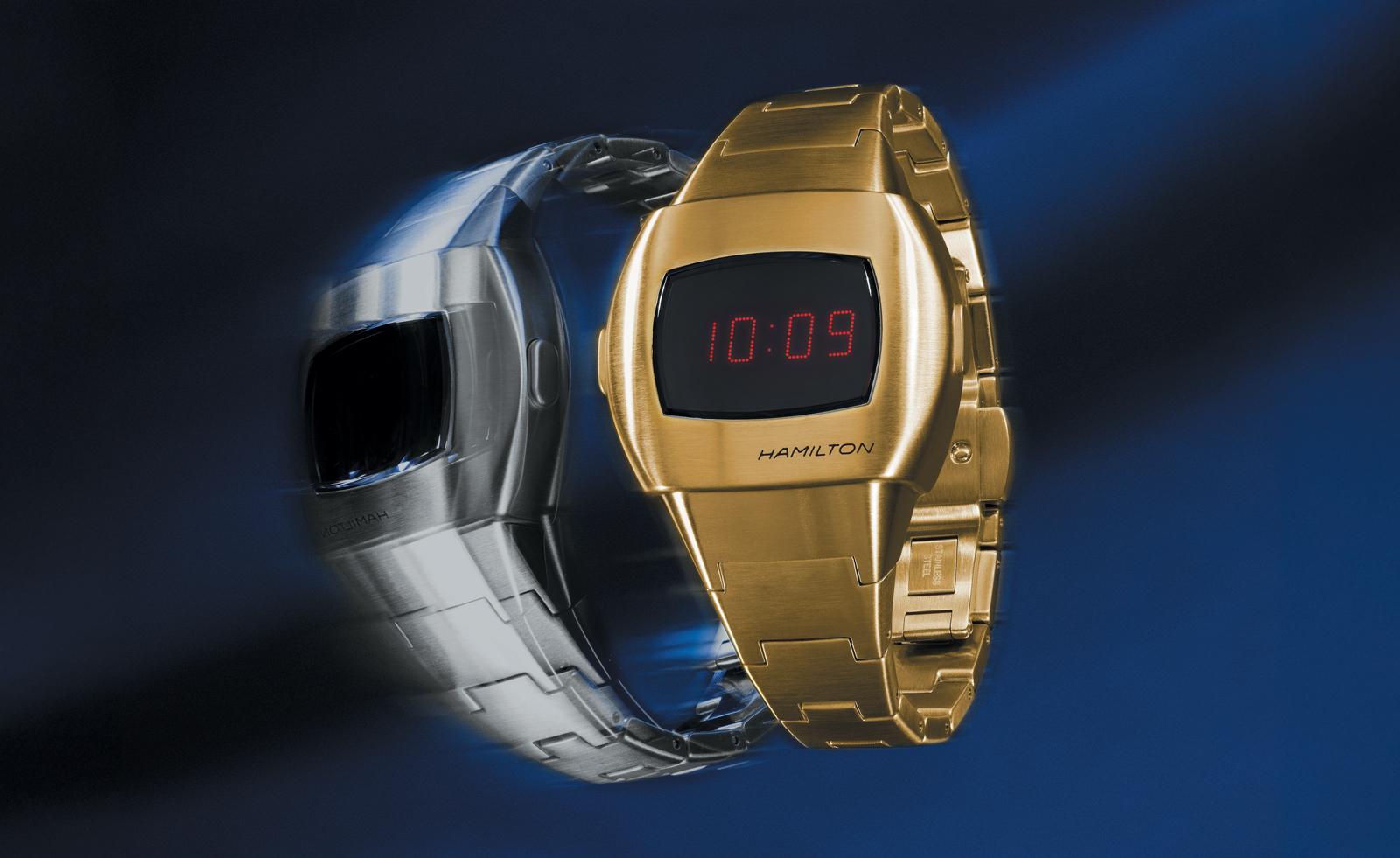
Also reviving a 1970s icon is Girard-Perregaux, which has brought back its 1976 Casquette model over the last few years to great acclaim. This year saw the launch of the final reissue, the Casquette 2.0 in titanium with gold pushers. Limited to 820 pieces, it will be the last run-out of the distinctive trapezoidal design which, like the Hamilton, features a period-correct red-on-black digital display. In a concession to modernity, the titanium bracelet is lined with rubber for greater comfort.
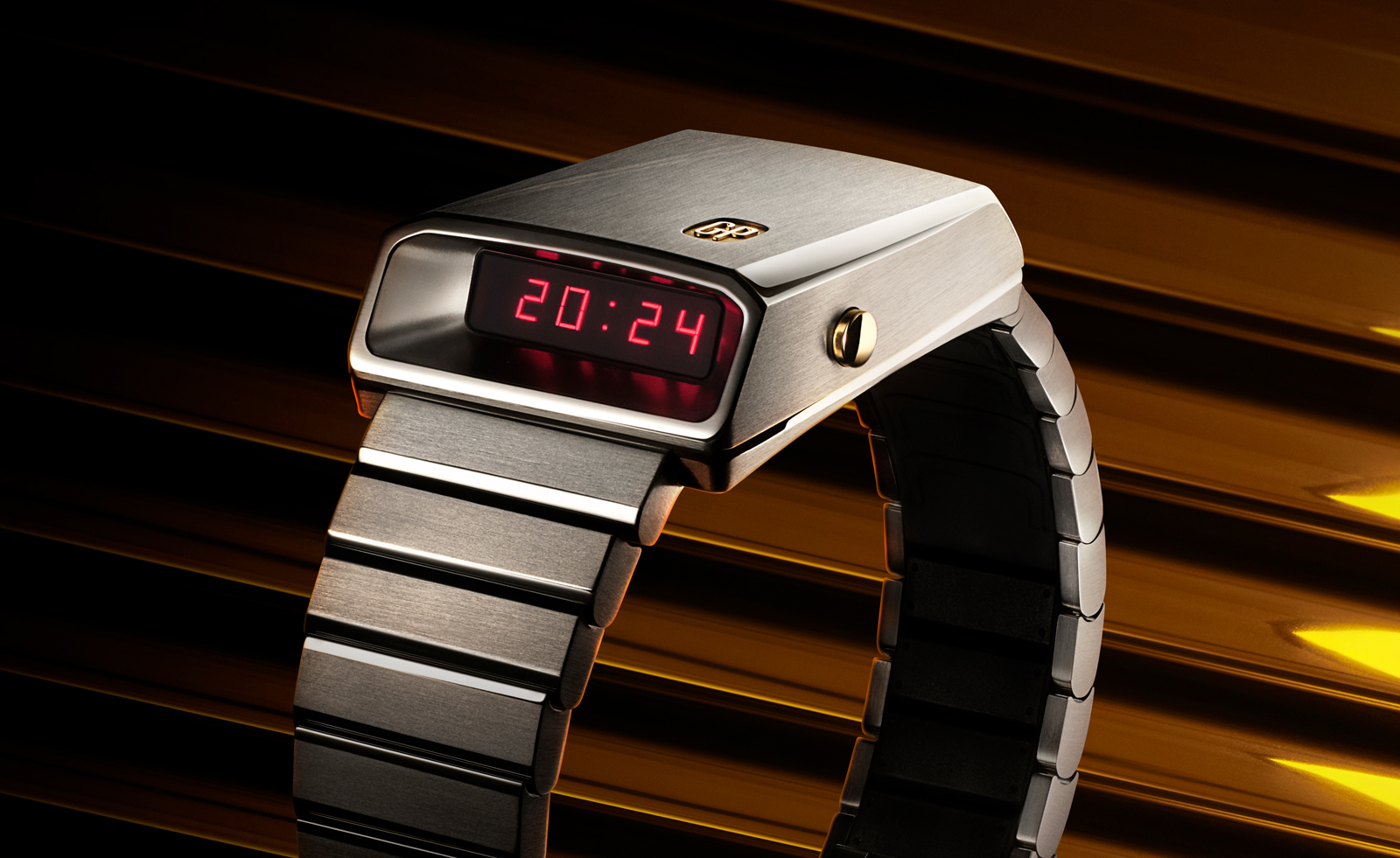
The side-on view of the Casquette is one that has found a home at other brands too - MB&F’s HM5, HMX and HM8 all riff on the same basic style, with mechanical displays viewed through triangular prisms. This year saw the return of Amida, the brand behind the Digitrend, another 1976 design along similar lines to the Casquette. More rounded in its lines, with a lozenge-shaped aperture and streamlined case it too uses a mechanical jumping-hour movement to power a horizontal display in suitably retro orange and black.
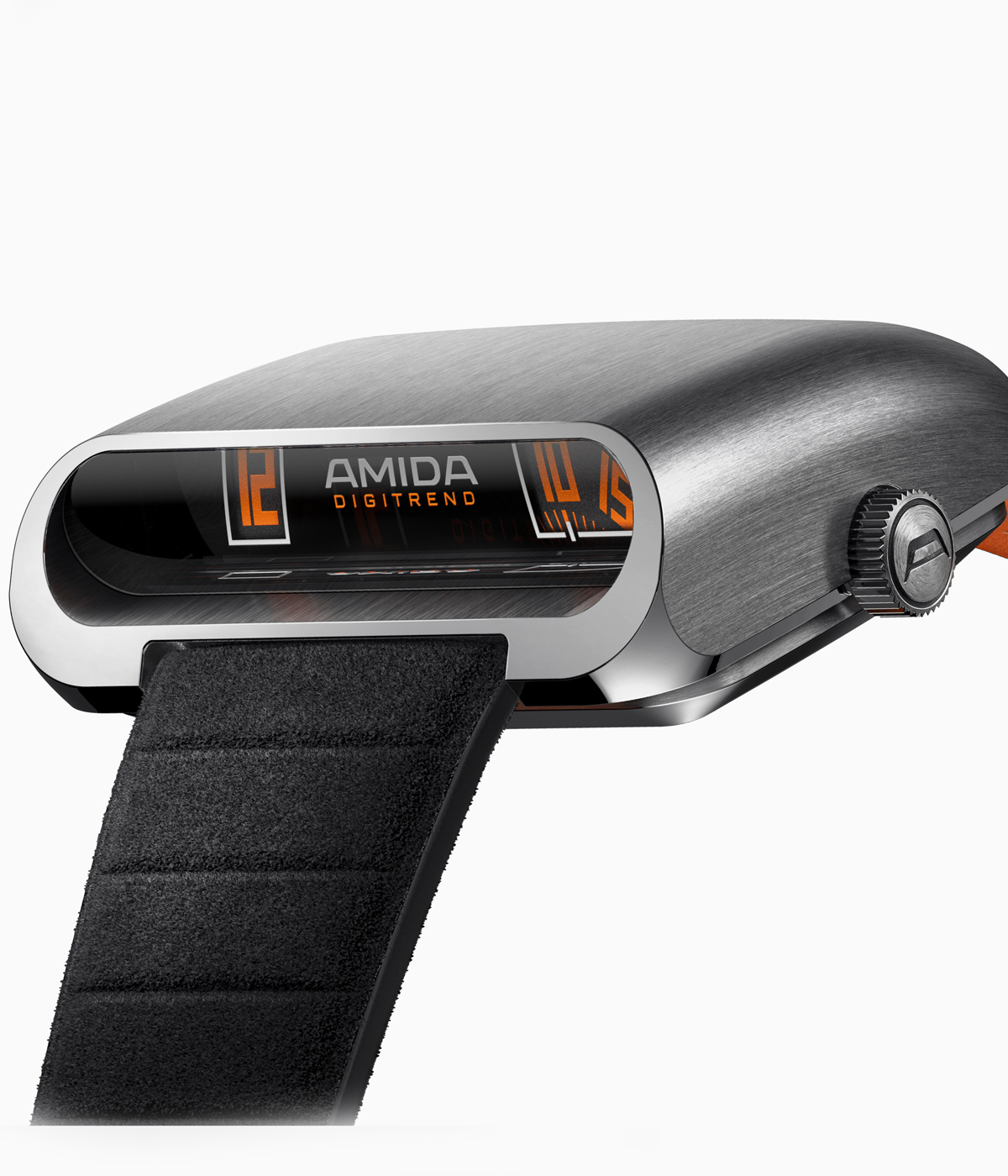
Its appearance was sufficiently zeitgeisty to merit a place on the shortlist for the industry’s prestigious Grand Prix d’Horlogerie de Geneve awards, where it lost out to the marginally more conventional Kudoke No.3. Also recognised on the awards’ shortlist were three other distinctly sci-fi inspired timepieces: the cult collector favourite Kollokium Model B, the Tellurium SpaceOne - perhaps the most overt in terms of its association with all things astronomical - and the eventual winner in its category, the Japanese-made Otsuka Lotec, which channels early 1960s instrumentation for a stripped-back sci-fi vibe unlike the slicker, flashy lines of the SpaceOne or the brutalist, near-dystopian structure of the Kollokium.
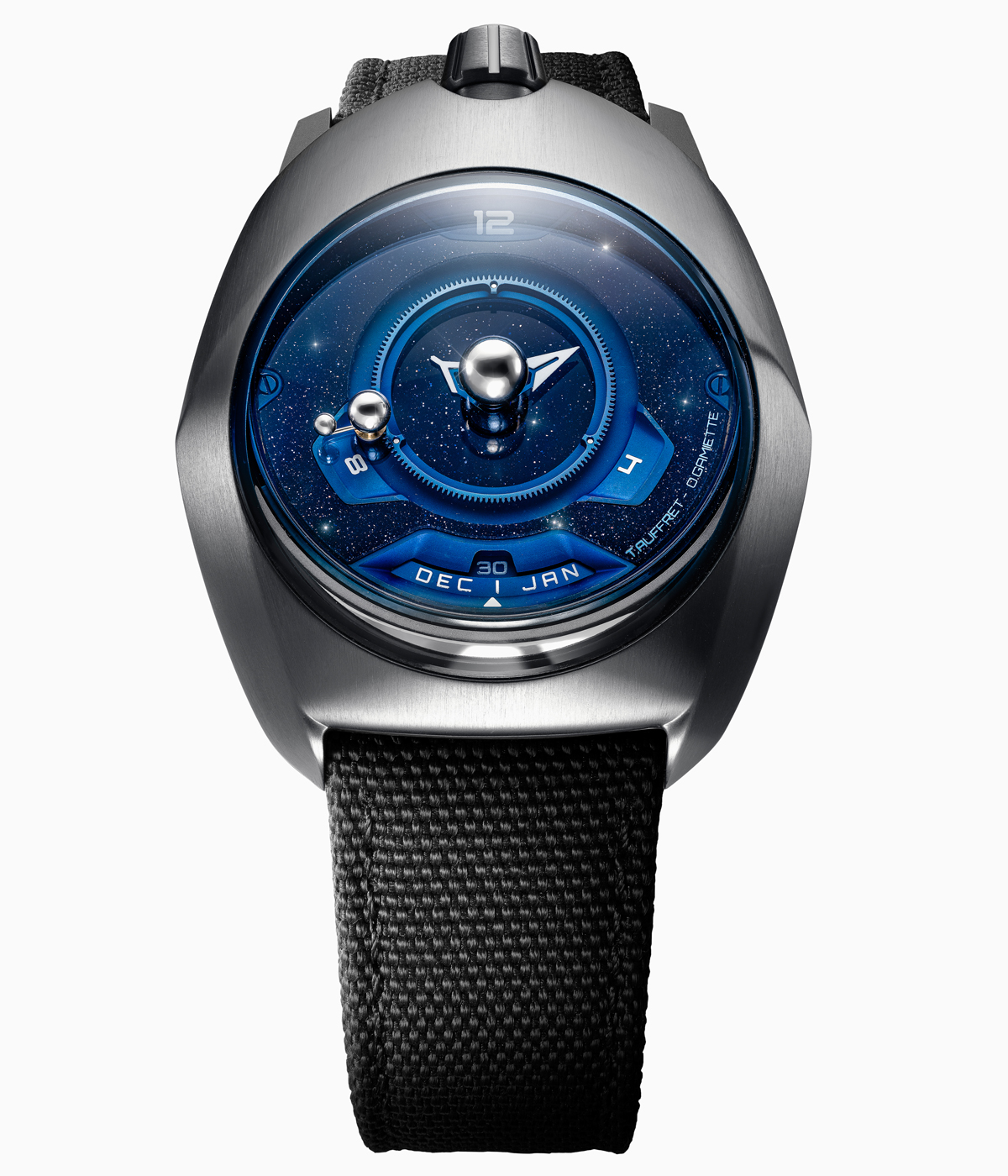
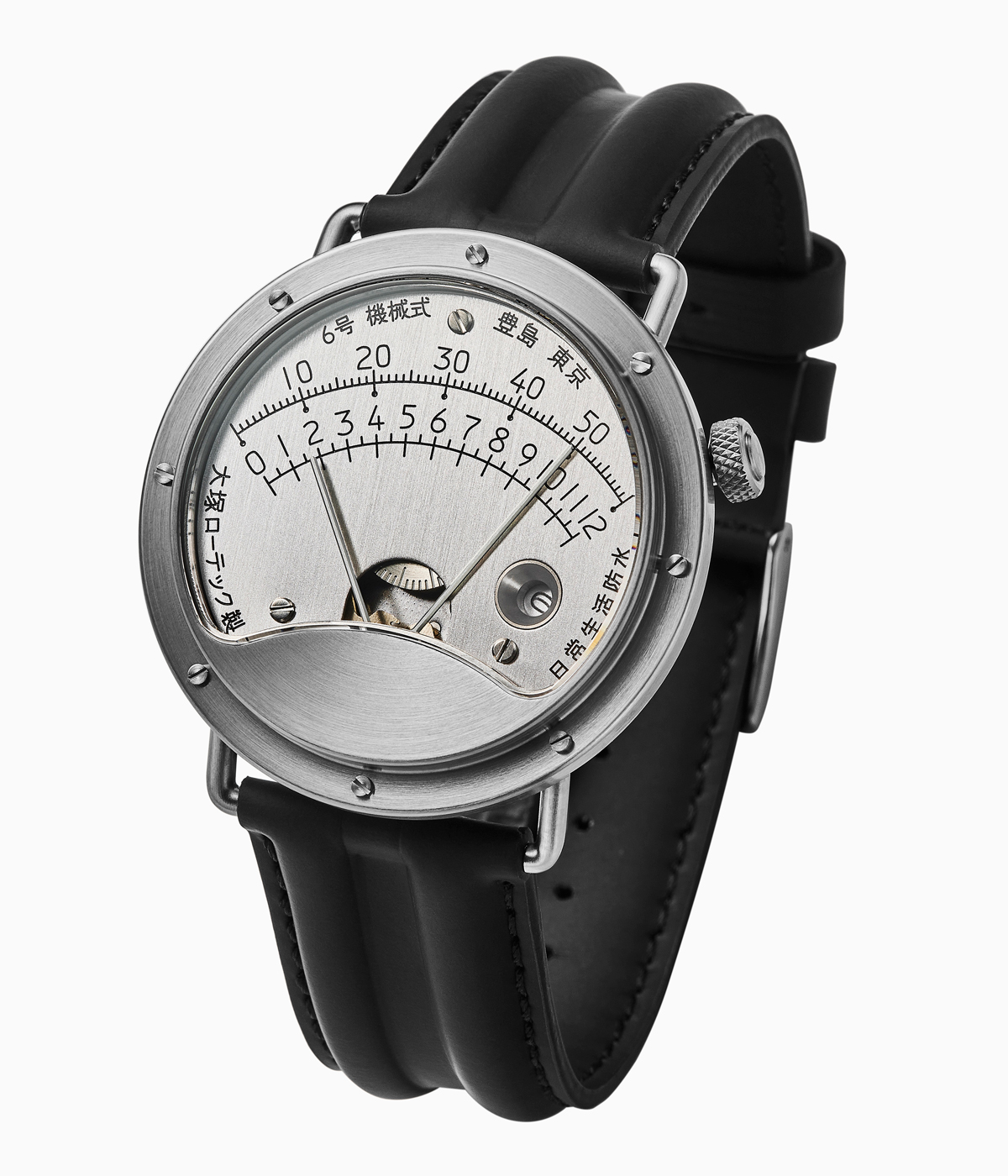
The latter three are notable for their nomination in the GPHG’s ‘Challenge’ category, which rewards watchmaking ingenuity at lower price points, and perhaps one binding feature unique to this latest generation of sci-fi watchmaking is its accessibility. Unlike the five-and six-figure creations of the top tier indie watchmakers like De Bethune et al, today it’s possible to put a spaceship on your wrist for less than £5,000 - at £4,200 the Girard-Perregaux Casquette is the most expensive here. In fact, the further you look the more compelling the prices become: young brand Xeric, which specialises in retro and sci-fi inspired designs, has a number of eye-catching creations every one of which would once have been assumed to carry a hefty price tag. Its most recent, the Invertor II, apes a classic flying saucer shape (albeit a tad thicker than the disco volantes of the 1950s), and takes its name from the fact that the automatic movement within has been flipped on its head, showing the spinning rotor on its top while the time is displayed around the watch’s edge. Fittingly, the display window is fully luminous, enhancing that ‘close encounters’ feeling even further.
